Vol. 1 kicks off with Best Wishes from Rollins’s unfairly overlooked Reel Life album, currently available only as a Japanese import. It’s a brisk, clean-sounding up-tempo workout, recorded live in 2000 during one of his frequent Japanese concerts. In Robert Mugge’s documentary Saxophone Colossus, Rollins discusses his special relationship with Japan, speculating his Caribbean roots gives him an island-centric affinity with the nation. Indeed, Japan is the only country represented more than once on Vol. 1, with Wishes recorded in Tokyo and a tour-de-force rendition of Tenor Madness (his classic standard which he first waxed in 1956 with John Coltrane in their only recorded pairing) captured during a concert in Tama City.
Rollins has often taken inspiration from his Virgin Island heritage, frequently recording calypsos, beginning with “St. Thomas” on his album Saxophone Colossus, perhaps the most analyzed “non-concept “record in music history. Vol. 1 premieres his newest calypso, Nice Lady. Both highly danceable and hummable, it still shows both Rollins’ artistry as an improviser and his sense of humor.
Rollins credits Coleman Hawkins as his first great influence, which you can still hear when he wraps his big, hearty tone around a ballad like Easy Living. Recorded in Poland about a month after the founding of Solidarity in 1980, the audience sounds particularly enthusiastic for Rollins’ music (and perhaps the freedom jazz represents).
Most of the live cuts assembled on Vol. 1 feature Rollins backed-up by his working groups of the times, often including his longtime trombonist Clifton Anderson, who also doubled as producer for the CD. Other sidemen include bassist Bob Cranshaw, guitarist Bobby Broom, pianist Mark Soskin, and drummer Al Foster. However, the CD concludes with a true highlight: Rollins playing in an all-star trio with Roy Haynes on drums and Christian McBride on bass. As part of a Carnegie Hall concert marking the fiftieth anniversary of his first appearance at the venerable concert auditorium, Rollins and guests perform a passionate but sensitive Some Enchanted Evening.
Fifty-two years after Saxophone Colossus first amazed listeners, there really is little left to be said about Sonny Rollins.
Joe Bendel blogs on jazz and cultural issues at http://jbspins.blogspot.com/ , and coordinated the Jazz Foundation of America’s instrument donation campaign for musicians displaced by Hurricane Katrina.

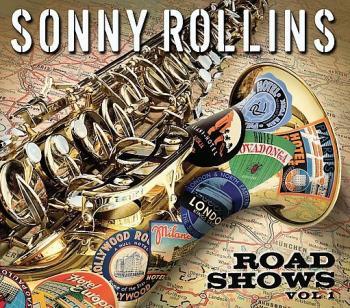
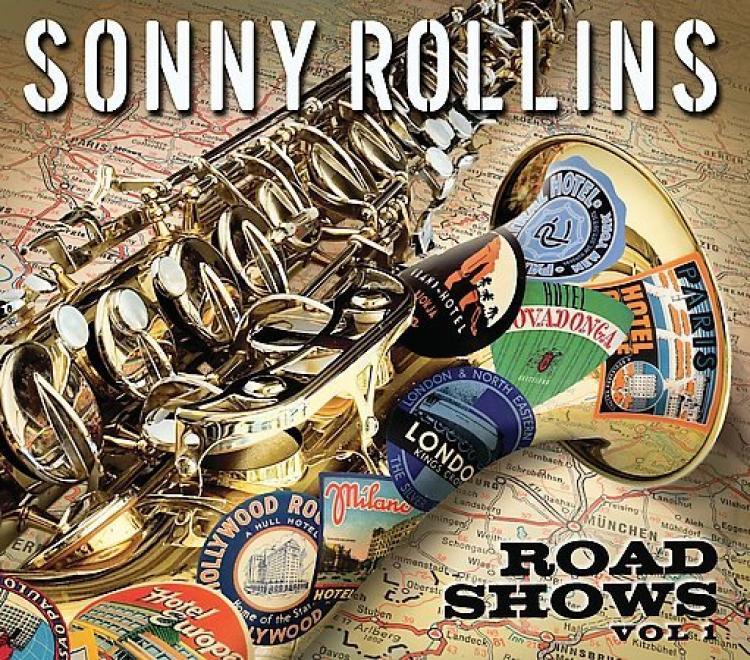
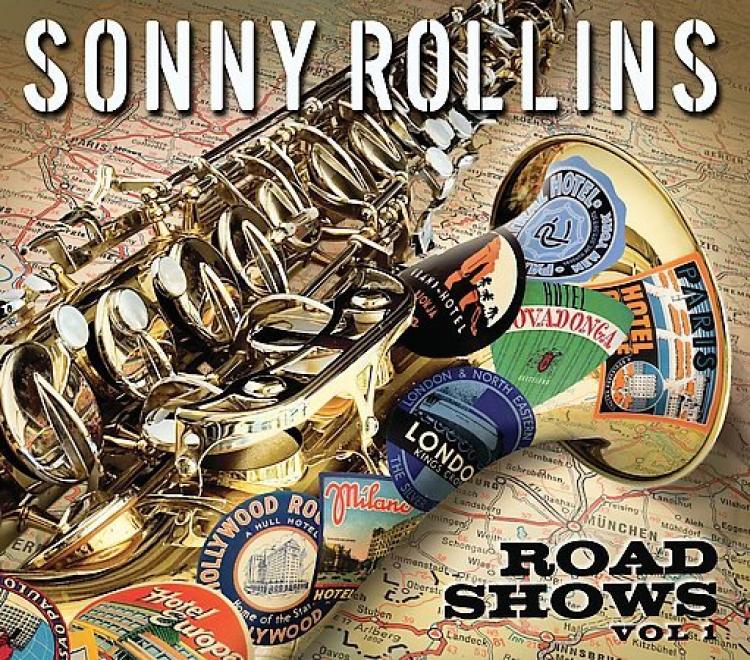
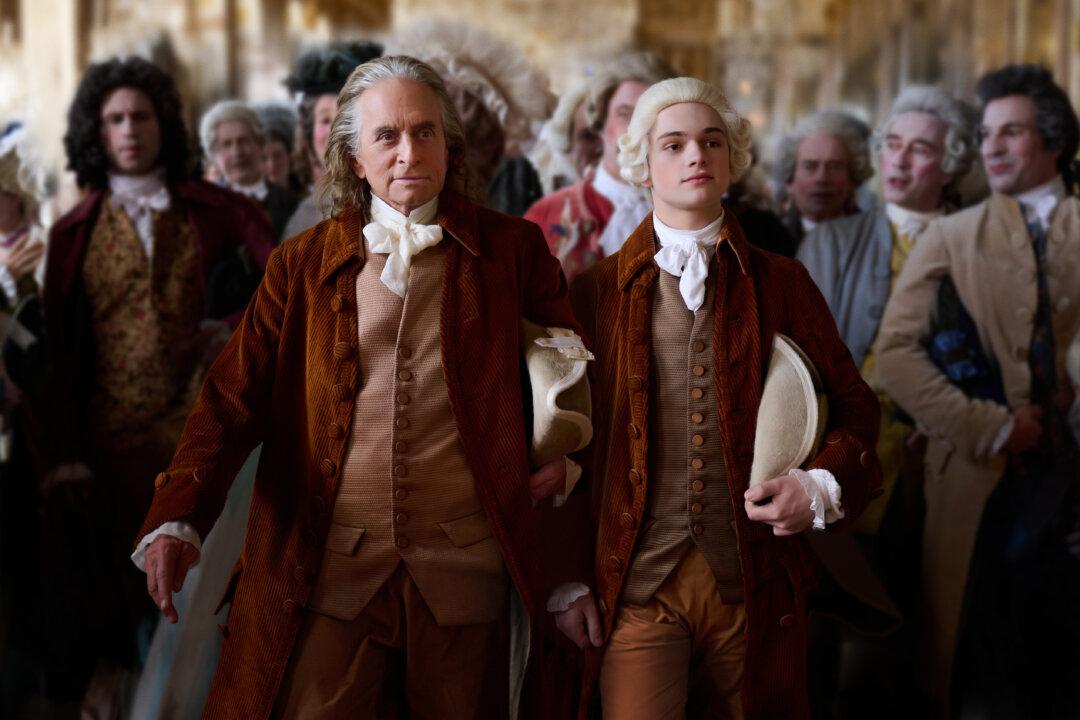
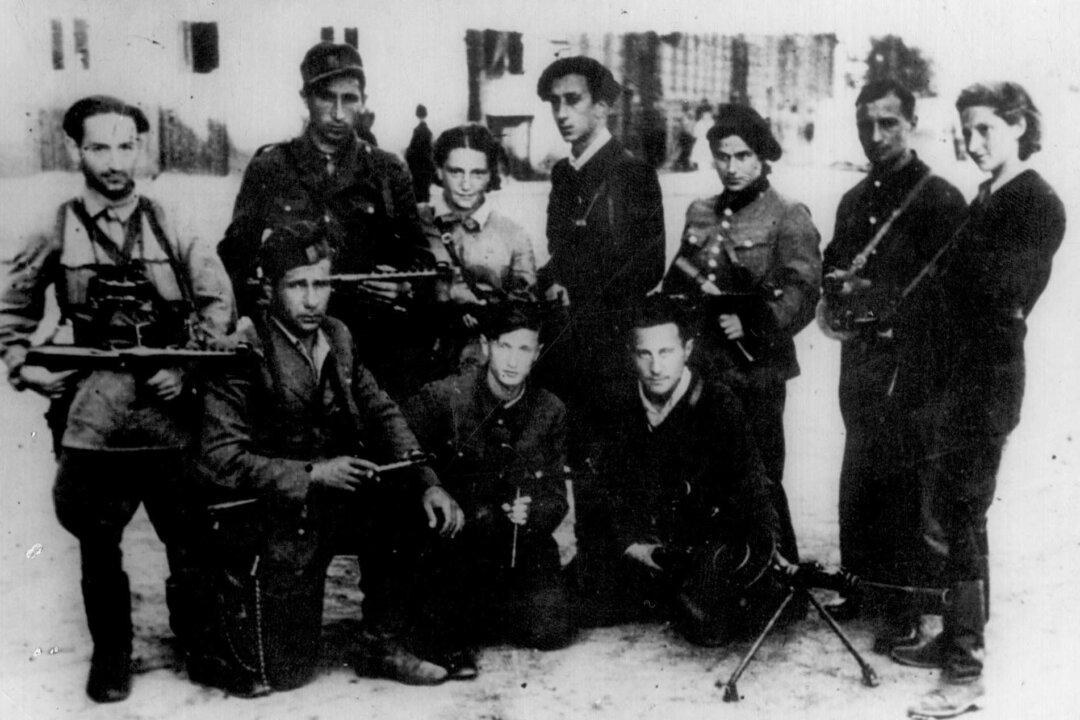
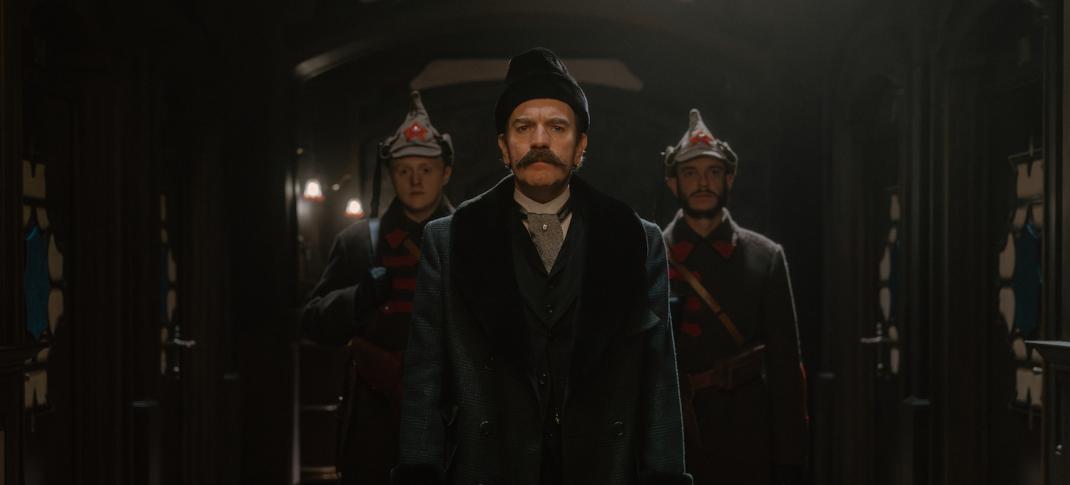
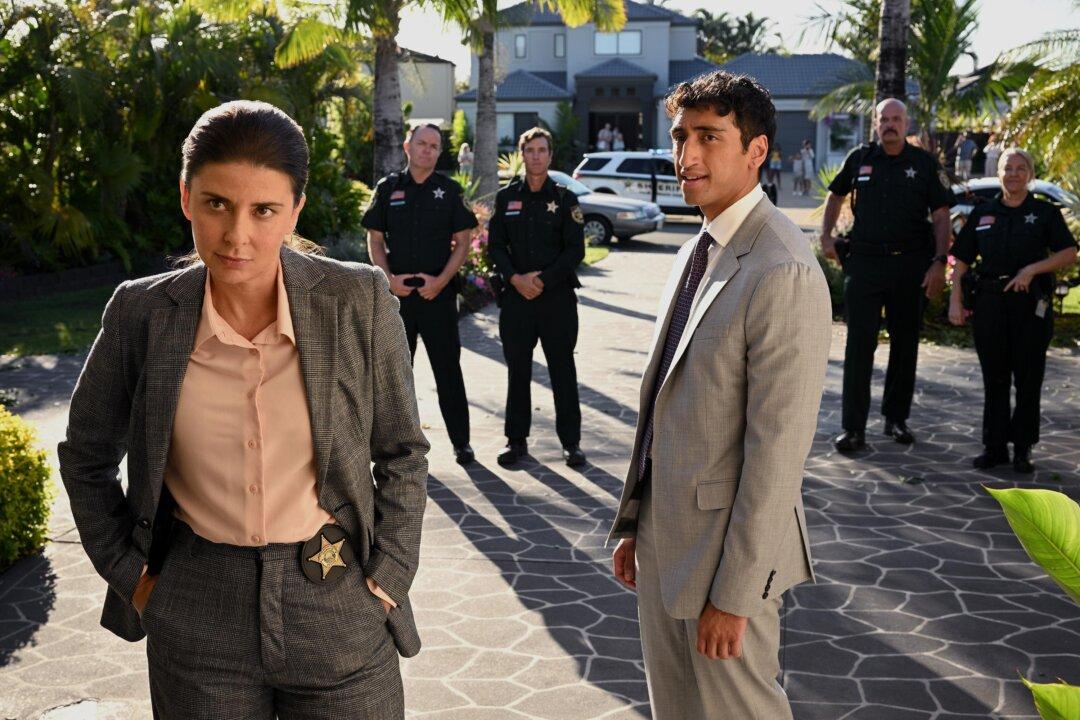
Friends Read Free